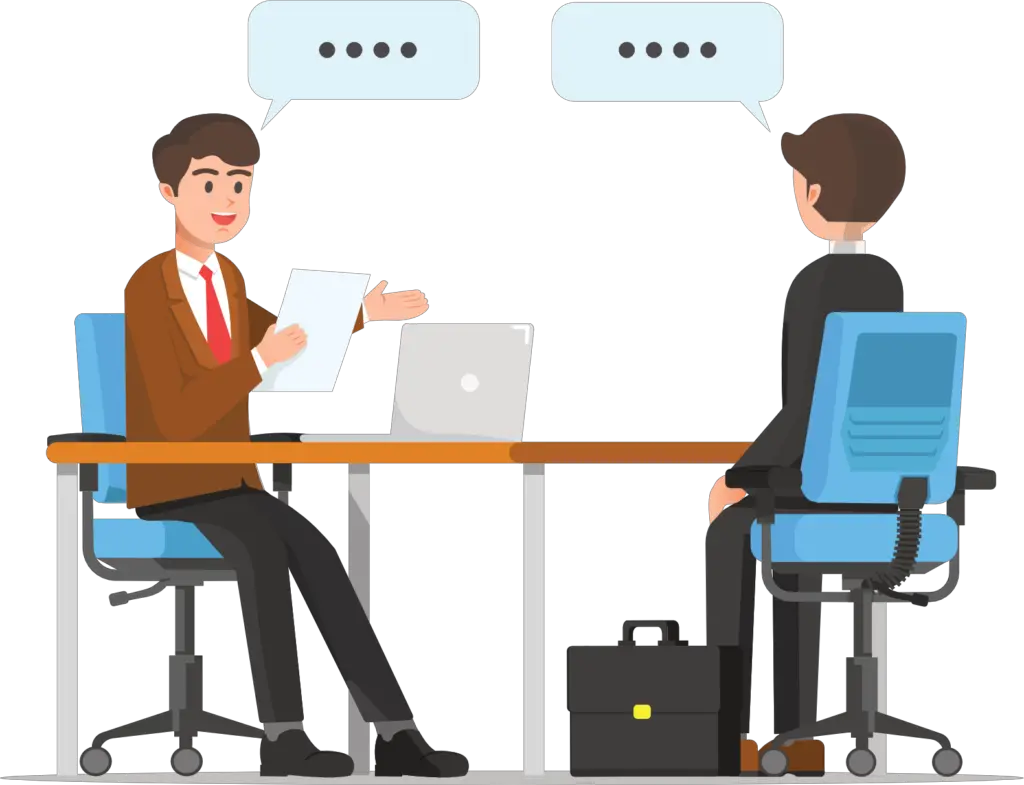Introduction
In a professional setting, emails are a key part of daily communication. How you respond to emails can affect your relationships with colleagues, clients and business partners. A well-crafted response saves time, avoids misunderstandings and reflects your professionalism.
If you need guidance on how to write professional emails from scratch, check out my previous article, Mastering Concise and Professional Business Emails. In this article, we’ll focus on how to respond to emails efficiently while maintaining professionalism.
Understanding the Purpose of Your Response
Before you start writing, ask yourself:
- What is the sender asking?
- What is the most important information they need?
- What action (if any) is required from you?
Being clear on these points helps you craft a concise and compelling response.
Example:
Email Received:
Subject: Meeting Confirmation
Hi [Your Name],
Can we confirm our meeting for Thursday at 2 PM? Let me know if this works for you.
Best, John
Concise Professional Response:
Subject: Re: Meeting Confirmation
Hi John,
Yes, Thursday at 2 PM works for me. Looking forward to our discussion.
Best regards, [Your Name]
You acknowledge the request and confirm the meeting without unnecessary details in just a few lines.

Structuring Your Email for Clarity
A well-structured email ensures the recipient quickly understands your response.
Follow this format:
- Opening: Acknowledge the sender’s email.
- Main Message: Provide your response concisely.
- Closing: End professionally and include any necessary follow-up actions.
Example:
Email Received:
Subject: Request for Documents
Hi [Your Name],
Could you send me the sales report from last quarter?
Thanks, Lisa
Professional Response:
Subject: Re: Request for Documents
Hi Lisa,
Thanks for your email.
Please find the sales report attached. Let me know if you need anything else.
Best regards,
[Your Name]
This response is direct, professional and ensures that Lisa gets what she needs without unnecessary filler.
Using Professional and Clear Language
- Keep sentences short and to the point.
- Use polite and professional phrasing.
- Avoid jargon unless it is necessary for the recipient.
Example:
Too Informal:
Sure, here you go!
Too Wordy:
I have attached the document you requested. Please review it and let me know if you need any additional information or if you would like me to provide any clarifications.
Professional and Concise:
Please find the attached document. Let me know if you need further details.
Common Scenarios and Sample Responses
Acknowledging an Email
Email: Hi [Your Name], just checking if you received my last message.
Response: Hi [Sender’s Name], yes, I received your email and will get back to you by [specific time].
Providing Requested Information
Email: Can you send me the latest project update?
Response: Sure, here is the latest update. Let me know if you have any questions.
Requesting Clarification
Email: We need to finalise the details for next week’s event.
Response: Could you clarify which details you need? I’d be happy to assist.
Declining or Postponing a Request
Email: Can you join the meeting tomorrow at 9 AM?
Response: Unfortunately, I am unavailable at that time. Would another time work?
Email Etiquette to Keep in Mind
- Respond in a timely manner – Ideally, within 24 hours.
- Use appropriate greetings and closings – e.g., “Dear [Name]” or “Best regards.”
- Keep the tone professional but approachable – Avoid overly casual language in business settings.

Enhancing Your Business English for Emails
Mastering professional email communication takes practice. If you’d like to improve further, check out my previous article on concise and professional emails.
For even more guidance, join our Business English Community, where professionals like you exchange tips and get expert feedback on email writing and other workplace communication skills.
Conclusion
A professional and concise email response helps maintain efficiency and clarity in business communication. By following these strategies, you can ensure your emails are practical and professional.
Have email challenges? Join our community to connect with other professionals and sharpen your business English skills!


